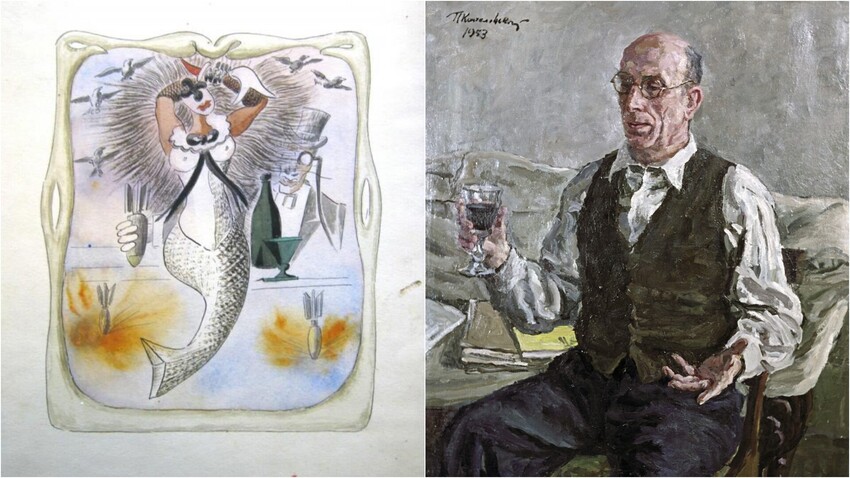
Alberto Sanchez's life is like an adventure novel. He was born in Toledo, Spain, in 1895 and, from childhood, he worked daily - first, in a bakery, then in a blacksmith workshop. His father believed that the boy should become a shoemaker - with such a profession one would not be lost - but, Alberto dreamed of something else.
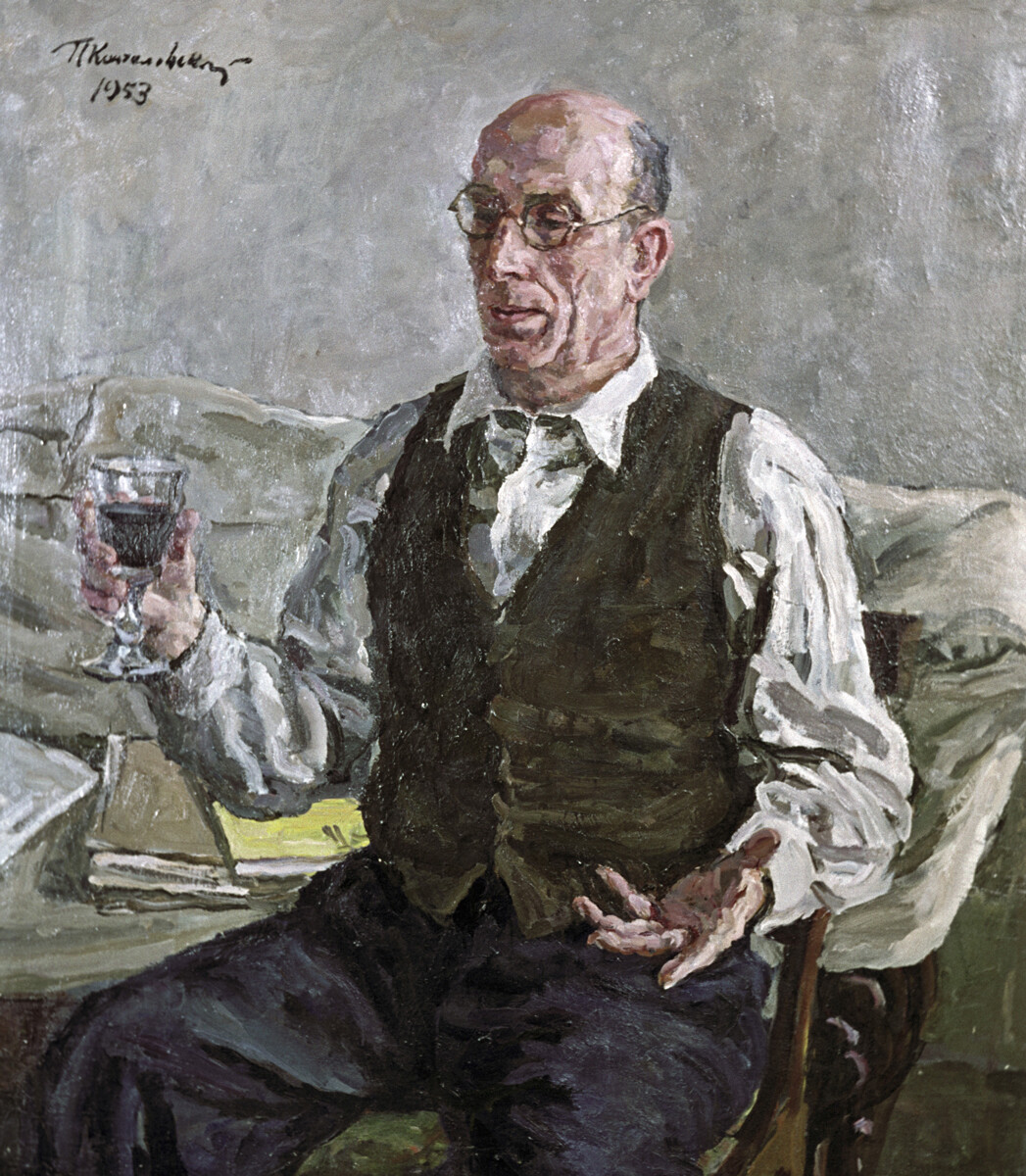
He was self-taught: he did not study painting or sculpture, but, instead, tried to transfer to paper everything he saw. Having settled in Madrid, in the early 1920s, he met with artists Luis Bunuel and Salvador Dali and created scenography for performances of Federico Garcia Lorca’s traveling theater, ‘La Baracca’. And the first experience was unsuccessful: the scenery was so spectacular that, at first, they did not even want to use it - they were afraid that it would overshadow the actors.

Sanchez had a friendly relationship with Lorca: the sculptor was almost the last person who saw the poet on the eve of his fatal departure to Granada. In August 1936, he was shot by the Francoists.
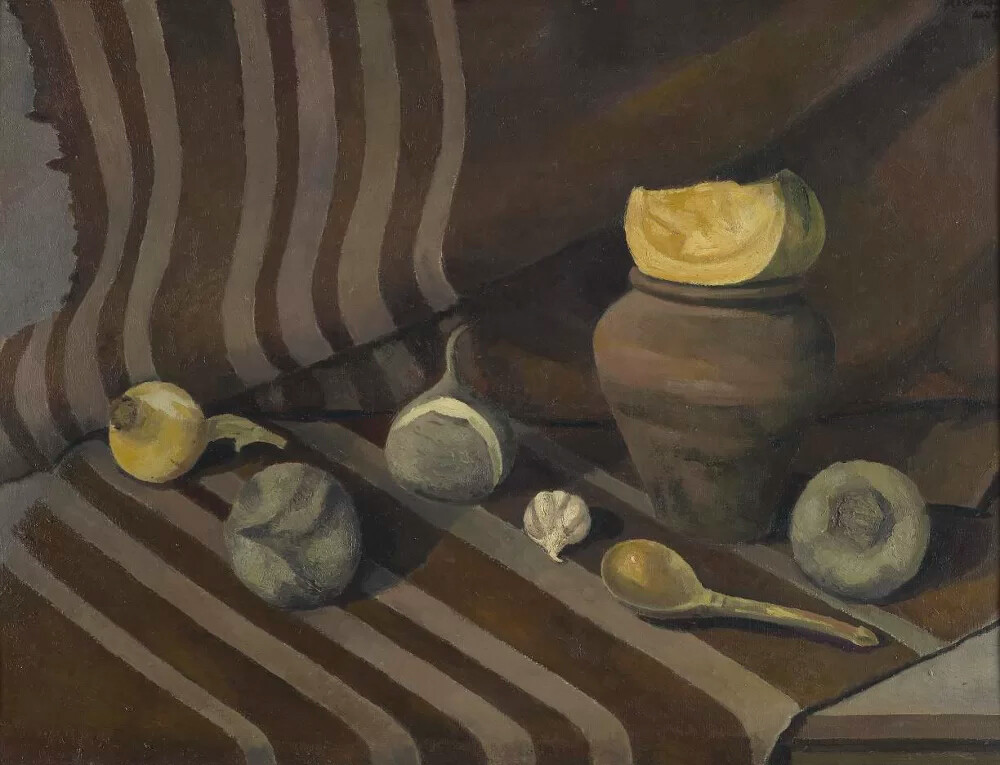
In 1937, he created the sculpture ‘The Way of the Spanish people, leading to the star’ for the pavilion of Spain at the International Exhibition in Paris - a 12-meter stele installed in front of the entrance. Inside, visitors were then greeted by the work of another great Spaniard - ‘Guernica’ by Pablo Picasso. The artists quickly found common ground: Picasso suggested to Sanchez not to paint the sculpture, leaving the natural color, but he insisted on his decision - tinted stele reminded him of a gypsy staff.

In the late 1930s, Spain was shaken by civil war. There were fierce battles for Madrid, airstrikes on the city took the lives of its inhabitants and turned houses into ruins. After one of the bombings destroyed the sculptor's Madrid studio, he decided to leave the country. Together with his wife, they chose where to go: to Great Britain, where he could study the art of frescoes, or to the USSR, which was welcoming Spaniards fleeing the horrors of war. Finally, the decision was made: the Sanchez family was heading for Leningrad. To do this, it was necessary to get on a steamship that left from the French city of Le Havre.
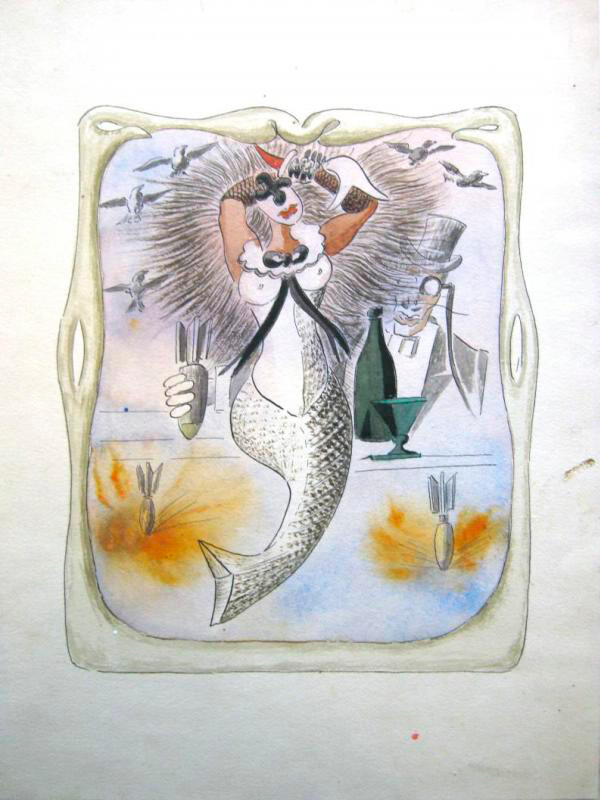
Having settled in the USSR, Sanchez began teaching drawing for children of Spanish emigrants and also worked with theaters. And, already in 1938, wrote the play ‘Mystery’ for the newly opened Moscow Theater of Variety and Miniatures.

The sculptor's grandson, Alberto Sanchez Gadaibura, said that he treated classical operas and ballet with a slight irony, calling it "the art of powder box and pom-pom", but that he was increasingly imbued with dramatic productions. A tandem with the ‘Romen’ Gypsy Theater in Moscow turned out to be especially bright. Sanchez additionally worked on the plays ‘The Wonderful Slipper Lady’ and ‘Blood Wedding’, based on the plays of Lorca, with whom he was friends. The productions, meanwhile, were directed by another Spaniard, Angel Gutierrez. For the Stanislavsky Theater, he designed a performance based on one of the most poignant plays of Lorca - ‘The House of Bernarda Alba’.
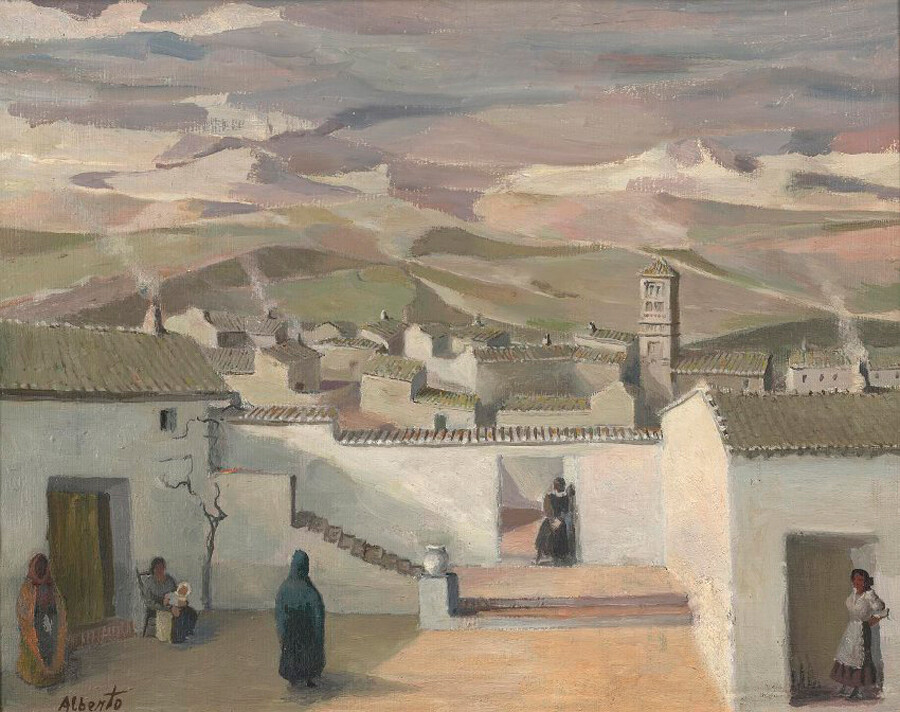
During the Great Patriotic War, the Sanchez family, along with other Spaniards (being non-citizens of the USSR, they were not drafted to the front) were evacuated to the village of Kushnarenkovo in Bashkriya. Even during the harsh war days they found a way to support each other and remind of their homeland. For example, they arranged an impromptu bullfight: the role of the bull was played by a household cart, while the sculptor himself turned into an ‘alcalde’ (a traditional Spanish municipal magistrate, who had both judicial and administrative functions, who signaled the start of the battle.
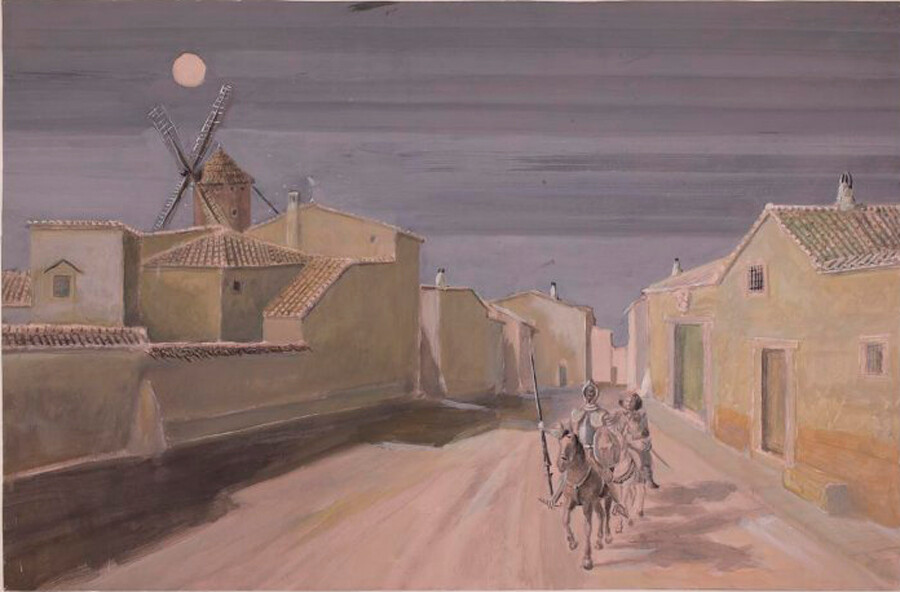
While living in the Soviet Union, Sanchez did not lose touch with his Spanish and French friends. He was visited by the likes of Pablo Neruda, Dolores Ibarruri and Louis Aragon. He was also friends with Russian artist Peter Konchalovsky, who spoke Spanish and taught Sanchez how to work with oil painting.
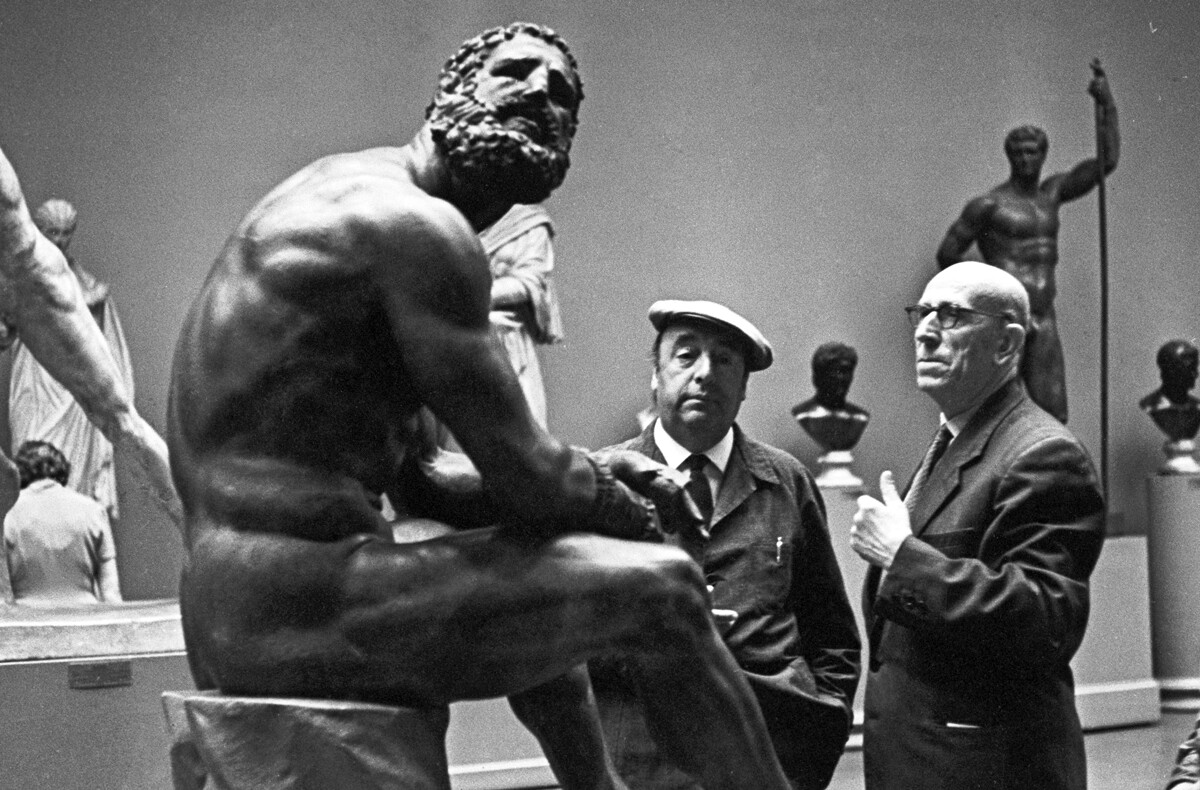
In the works of the Soviet period - landscapes, sculptures - the Spanish flavor was clearly felt. Director Grigory Kozintsev, with whom Alberto Sanchez worked on the set of the movie ‘Don Quixote’, said that he saw in him a living embodiment of the hero of Cervantes: "He lived in the Soviet Union for many years, but, still, if he drew a landscape of the Moscow suburbs - he got Castile. An amazing sense of national vision."
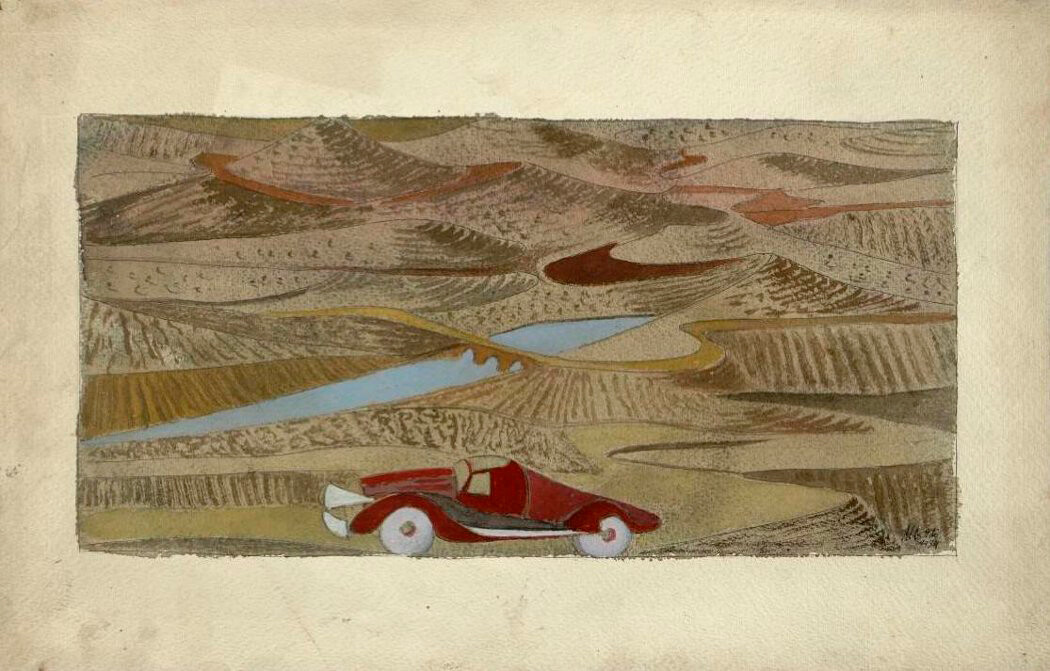
Although Sanchez spent half of his life in the USSR, he always considered himself a Spanish artist. Today, his works can be seen both at the Queen Sofia Art Center, where they are adjacent to Picasso's works, and in Russian museums.
Dear readers,
Our website and social media accounts are under threat of being restricted or banned, due to the current circumstances. So, to keep up with our latest content, simply do the following:
If using any of Russia Beyond's content, partly or in full, always provide an active hyperlink to the original material.
Subscribe
to our newsletter!
Get the week's best stories straight to your inbox